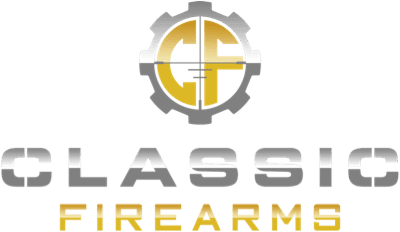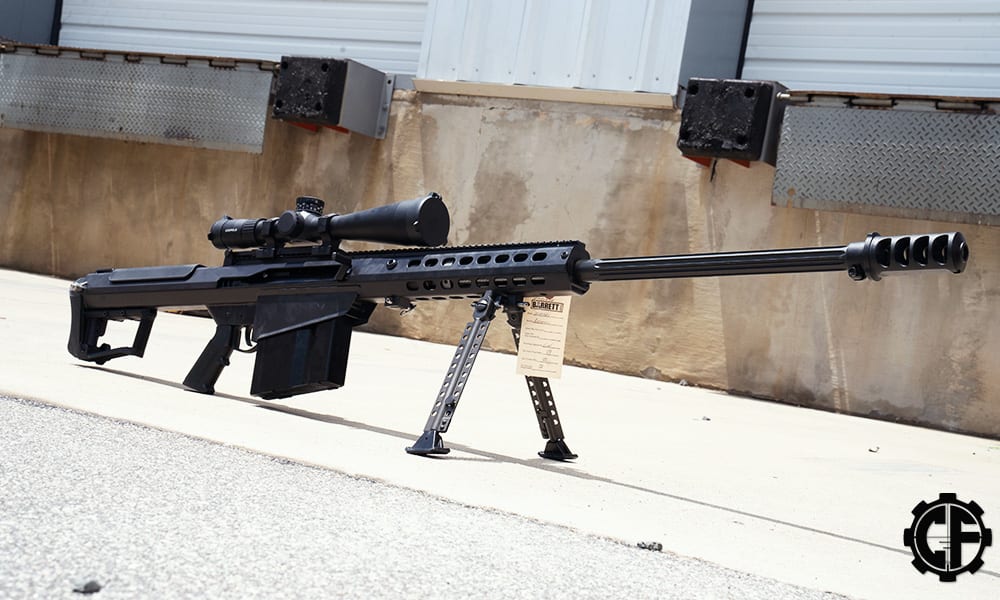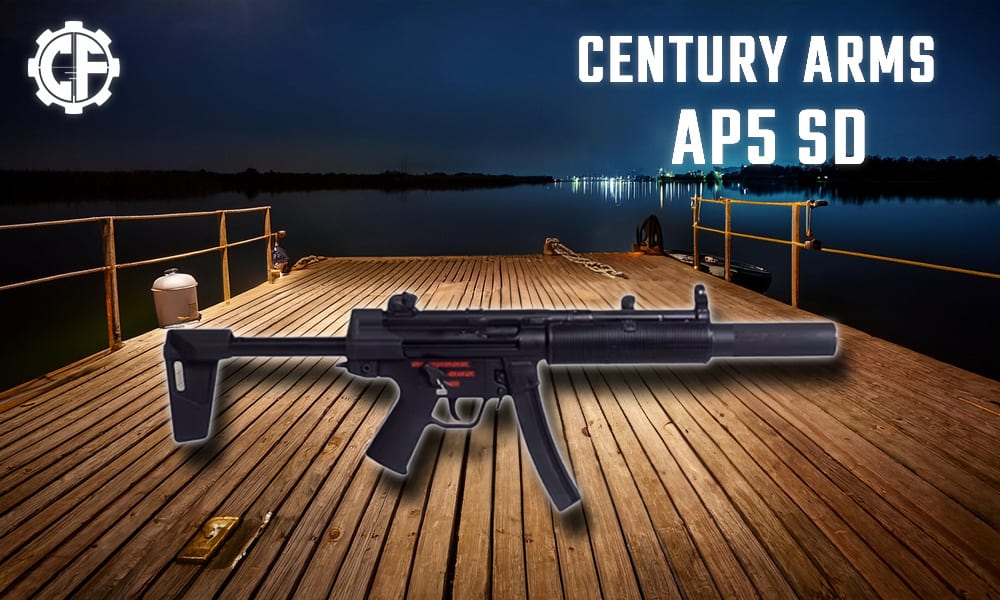GAUGE EXPLAINED
The term gauge is not a randomly selected term used to describe differing bore diameters. There is actually a mathematical calculation of weight that convects to give us our different gauges of shotgun designations. Without getting too technical, the gauge designation of a shotgun is essentially equal to the number of lead balls of that particular bore diameter that will add up to weigh one pound. The easiest way to understand that is to use the examples of a 12 gauge and a 20 gauge shotgun. In a 12ga. shotgun, it is the diameter of a ball of lead weighing one-twelfth of a pound of lead. In a 20 gauge, the diameter of the lead ball weighs one-twentieth of a pound. Therefore 1/12th of a pound of lead in bore diameter is a 12ga. and 1/20th of a pound of lead diameter is a 20ga. I know that this explanation is still a bit confusing but an easy way to remember is that the higher the gauge, the smaller the bore. I know, I know, that still seems bass-ackwards, but it's true. The 12ga., while a smaller number than a 20ga. is actually a larger bore size. And that trends throughout the shotgun gauge line up. Although rarely seen anymore, the massive 4 gauge is measurably larger than a 32 gauge and the difference is obvious just by looking at the shotgun or the shotshell in a side by side comparison.DIFFERENT TYPES SHOTSHELLS
Shotshell sizes are somewhat similar to how shotgun gauges are measured. In essence, the larger the number, the smaller the shot.BIRDSHOT
When talking about birdshot and you suggest a number 2 shot to a friend, you are talking about birdshot that contains 87 lead pellets (projectiles) per ounce. On the other hand, number 10 shot will give you a whopping 848 lead pellets (projectiles) per ounce, which obviously means that the pellets are very, very small. Therefore the higher the number, the more pellets that the shotshell contains. Shot that contains more pellets is often considered to be best for up-close targets. The more pellets that you have the wider the scatter is as it travels through the air, which also makes it ideal for waterfowl or other bird hunting. Hence the name; birdshot.

Wolf Performance 12GA #8 Shot
BUCKSHOT
For the most part, buckshot is the typical shotgun ammo used by hunters. The size of the buckshot is designated by a number or letter. Small numbers contain bigger sized pellets (projectiles). Larger numbers contain smaller pellets (projectiles), but there are many more of them. With buckshot, the largest pellets are usually labeled #000. This is a shotshell containing shot that has 6.2 pellets per ounce, however, the diameter on that would be around 9.1mm! More commonly you will see and therefore use buckshot designations like #00, #0, #1, #2, and #3. The more pellets (projectiles) that you have, the more spreading that will occur unless your shotgun is choked down and we will save that for another post. Bigger pellets have bigger impact. That is why this type of shotgun ammunition is used by hunters when targeting larger prey than birds.
Mili 12GA 00 Buckshot
SLUGS
Slugs are different altogether. Unlike birdshot and buckshot, slugs are actually considered bullets. They are considered bullets because, when fired, they exit the barrel as a single projectile and remain a single projectile throughout flight, unlike birdshot and buckshot that scatter upon exiting the barrel. Slugs are large powerful rounds that can travel as far as 75 yards and still be an effective shot even against large game. A lot of local laws prohibit the use of slugs when hunting. The reason for this is because some municipalities do not want a projectile that is that large and with that much power traveling the distance that it is capable of within their boundaries. The fear is that something may be misidentified from that range and the intended target, animal or not, will without a doubt, be destroyed. For these reasons, many local governments have decided that they do not want hunters too far away from their targets. Never fire a slug through a choked shotgun.
Fetter 12GA Rifled Slugs
LET'S BUST A COUPLE OF MYTHS
So why didn't I mention the .410 gauge shotshell? Well, it's because it isn't a gauge, rather a shotgun chambering therefore it is properly called a .410 bore. What about snake shot? Snake shot is best described as a shotgun cartridge that can be fired out of a pistol or Taurus Judge or similar revolver. This type of shot is manufactured in caliber designations, not shotgun gauges. High brass is not better than low brass. A box of ammunition labeled as high brass will not give you a shotshell that is hotter, faster, or more powerful than a shotshell with lower brass. This may have been the case in cartridges of yesteryear but not today.FINAL THOUGHT
When it comes to talking shotguns, there are different gauges of ammunition and within those gauge designations, there are different types of ammunition. Shop All 12 Gauge AmmunitionShop All Ammunition








